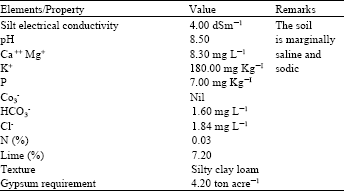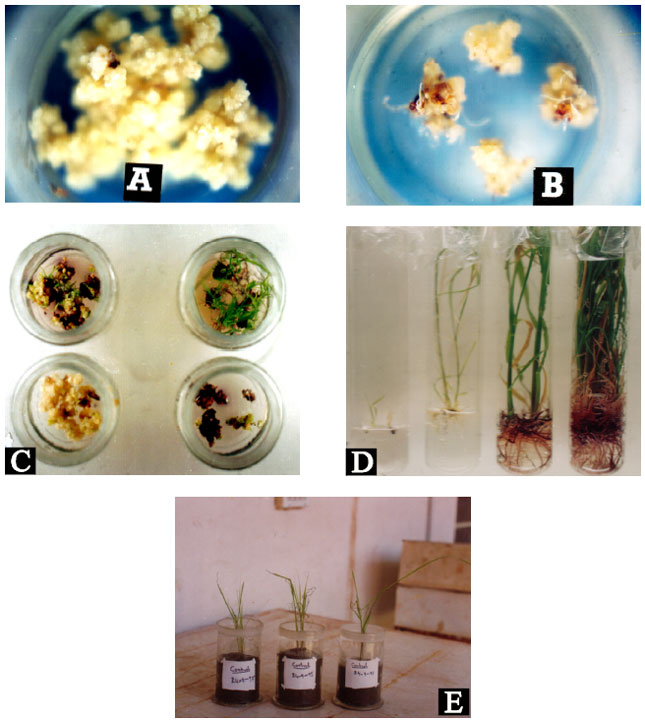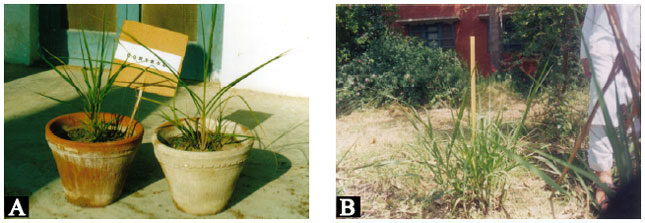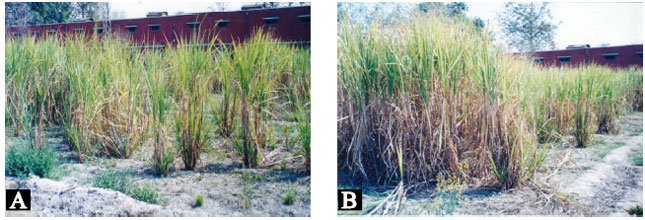Research Article
Somaclonal Variation in Sugarcane Through Tissue Culture and Subsequent Screening for Salt Tolerance
Not Available
Muhammad Ayyaz Khan
Not Available
Haji Khalil Ahmad
Not Available
Rahm Din Khan
Not Available
Yusuf Zafar
Not Available













